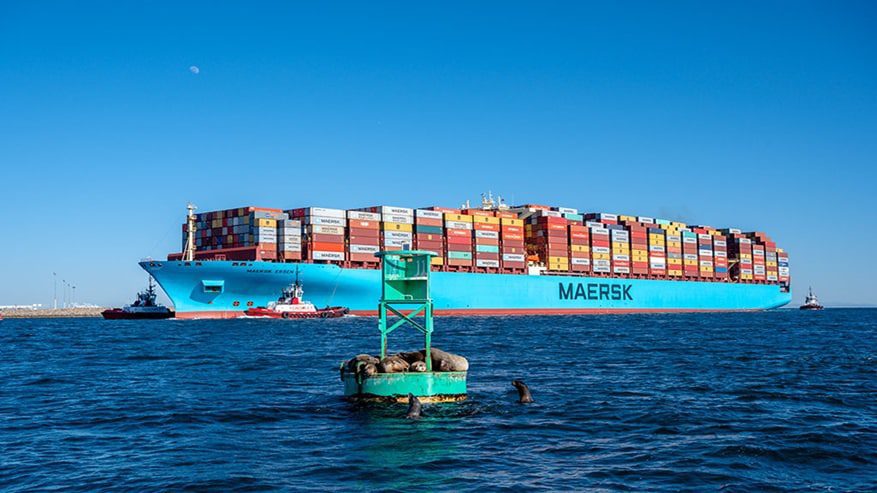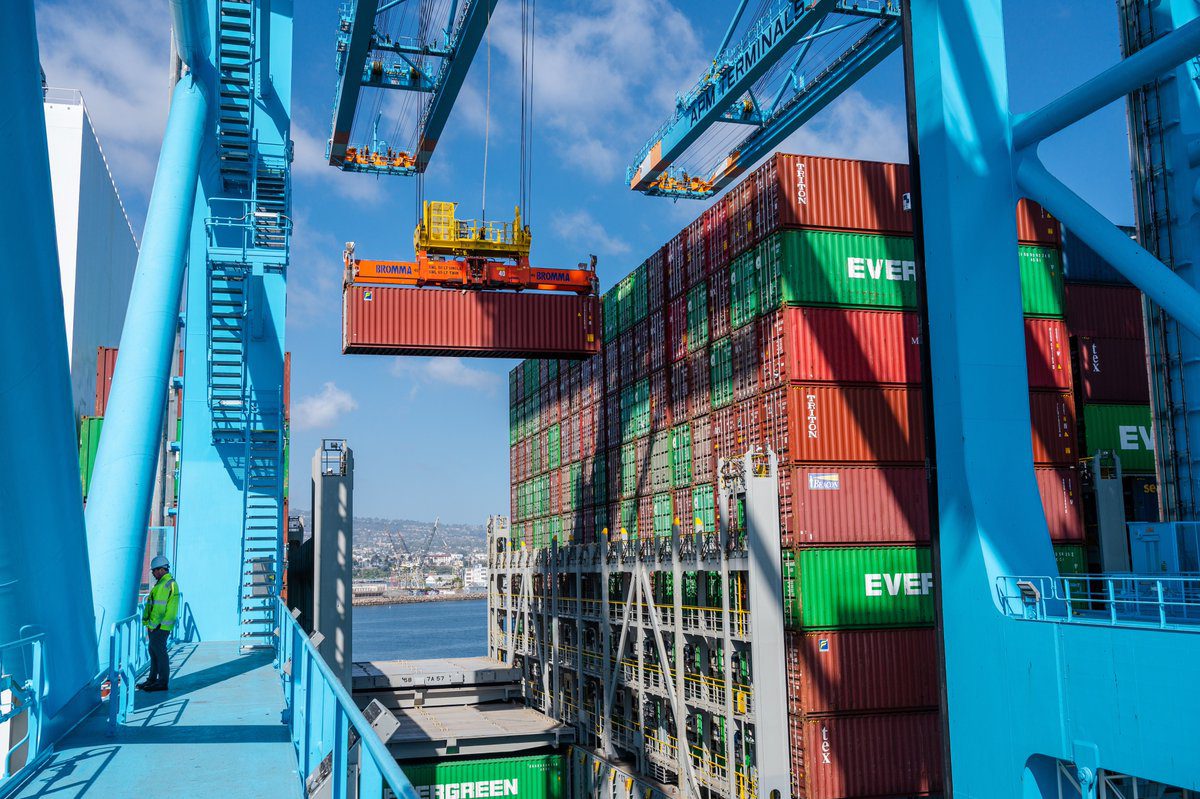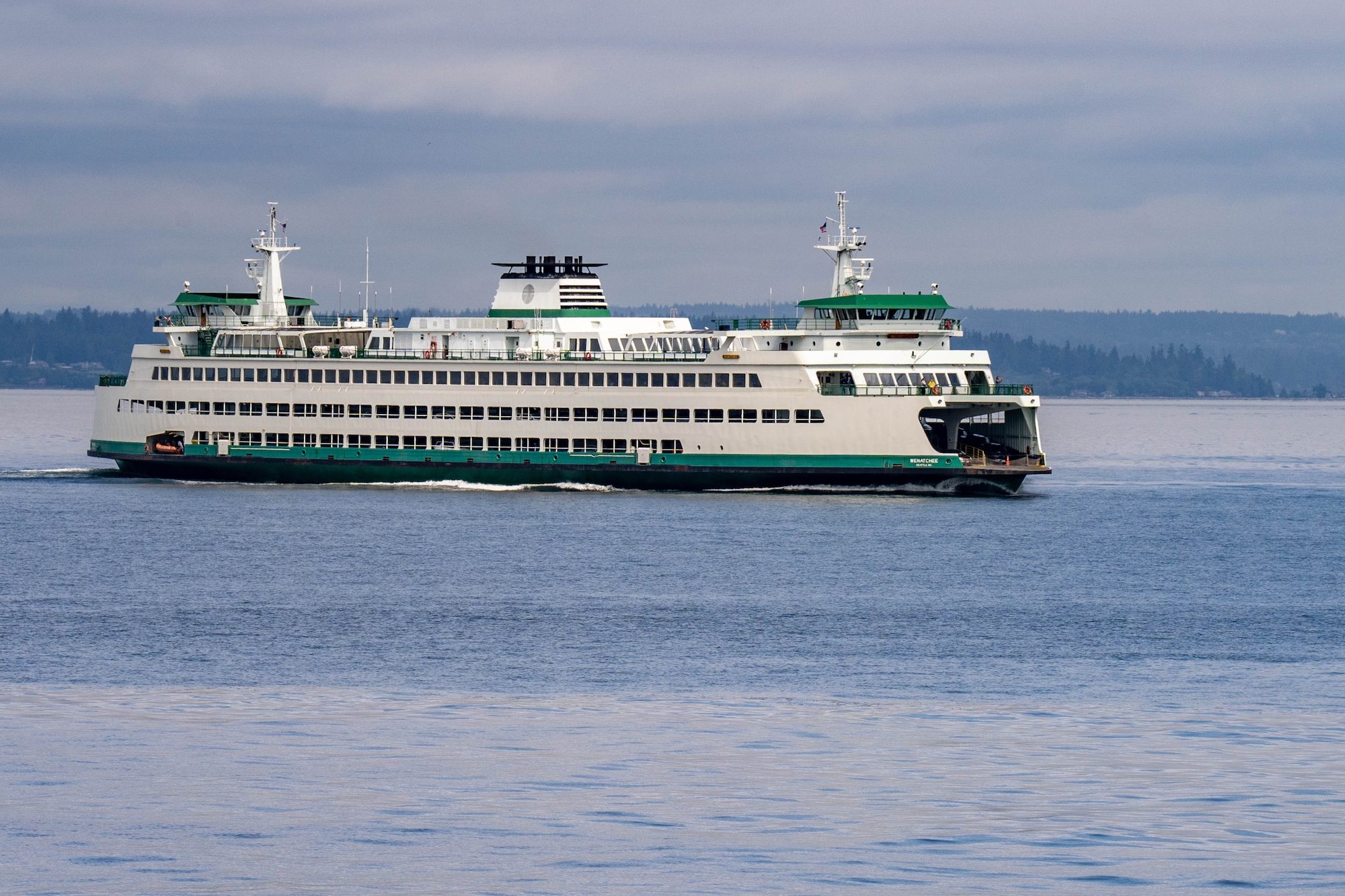China’s October Golden Week, Christmas and Chinese New Year will bolster strong demand for container shipping for the last quarter of 2021. But port congestion, especially in the US and Europe, and service delays are expected to create headwinds for service schedules, Maersk said in a market update Monday.
Maersk says extra loaders (additional ships) and ad hoc port omissions will be implemented to help improve schedule reliability. Meanwhile, inventory levels in Europe and the US remain at their lowest levels on record, leading to stock outs on some products. This means even once retail demand declines, we will see cargo volumes continue to remain strong as inventory levels need to be rebuilt, Maersk said.
Global container demand growth is projected at 6%-8% in 2021, reflecting strong first-half as well as ongoing demand strength in the United States and partly in Europe. While container demand growth has ran ahead of supply growth since the second half 2020, the true drivers of high freight rates are congestions in ports and supply-chain bottlenecks, Maersk says.
Vessel waiting time at ports has increased requiring more ships per string to lift same cargo volume. At the ports of Los Angeles and Long Beach, waiting times rose with over 70 vessels anchored in mid-September. Covid-19 has also led shutdowns that have delayed vessels from Asia. Warehousing capacity has also been reduced due to port and landside congestion, while returning empty containers back to Asia remains challenging.
“Maersk has taken many actions to redirect flows back to Asia to ensure we have equipment supply. Despite this, equipment turn-round times continue to increase driven by landside and seaborne delays,” says Maersk.
To address capacity and equipment shortages, Maersk says it has taken measures to alleviate this by rationalizing its schedules and repositioning empty containers. The company has also tripled the number of dry freight containers in its fleet during the last few months to support customers’ export requirements. “However, In-fleeting of new containers alone is no longer sufficient to meet overall demand, so it remains critically important that import containers are turned around as quickly as possible,” Maersk said.
In Vietnam, hundreds of factories have remained closed under COVID-19 lockdown rules, with many expected to reopen from early October as local restrictions are lifted.
On the Water
In the ocean segment, Maersk continues to expect the strong export demand from Asia to continue for the rest of the year, particularly into the United States and Europe. Several upcoming holidays including China’s Golden Week and Christmas will create seasonal volume rushes, and Maersk expects to see early signs of a pre-Chinese New Year rush in December.
To improve schedule reliability, which has been hammered due to strong demand coupled with network disruptions, Maersk says it has decided to adjust vessel voyage numbers on Asia-North Europe services to match the corresponding actual weeks of departure. Maersk says it will rationalize some of its service coverages to reduce the number of port calls and advises customers to plan their supply chains well ahead, particularly for the upcoming holiday rush.
The fourth quarter is shaping up to be stronger for Asia imports with network utilization remaining above 95%. “We are striving to meet the needs of our import focused customers and reposition empty equipment back to Asia. As boxes remain in North America and Europe for longer, so the severity of container shortages increases across Asia,” Maersk said.
Equipment availability, particularly in China and Vietnam, is also expected to remain tight through the end of the year.
“We have increased our flow of empty containers into Asia ports, and invested in-fleeting of new containers to provide sufficient stocks for Q4. Our vessel schedules continue to be affected by port delays and we find it necessary to change some port rotations to reduce the total delays faced. Both the equipment and vessel schedule actions are specifically intended to improve reliability as far as possible,” Maersk said.
Ports
Meanwhile, port congestion continues to be problematic. Severe congestion in Asia Pacific persists with continued high yard density and weather disruptions since July, as well as operational challenges, with no signs of improvement in the immediate future.
In the United States, congestion levels at the ports of Los Angeles and Long Beach continue to deteriorate as we move further into peak shipping season. Labor restrictions coupled with high throughput volumes remain the primary constraint, Maersk said. On the East Coast, the Port of Savannah has become increasingly challenging recently as congestion picks up. There were around 30+ vessels at anchorage with wait times upwards of 7 days in mid-September, Maersk said. Meanwhile, the Port of Seattle continues to struggle with available yard capacity, with waiting times increasing to 11-12 days and the typical port stay lengthening from 3 days to about a week, Maersk said.
While ports in the United Kingdom are operating smoothly, very severe trucking shortages across the country is leading to high yard density in ports. Port of Rotterdam is also seeing trucking shortages although not as severe as UK, Maersk said.
Ports in Latin America are also experiencing congestion that is causing further delays.
Outlook
Finally, the market outlook, particularly for Asia to Europe and Asia to North America remains challenging.
For Asia to Europe, “Market demand is expected to be strong and vessel space is very tight. Maersk is planning to reduce port calls to improve reliability and has contingency plans to mitigate the impact of equipment shortages in Yantian and Nansha and feeder capacity shortages in Southeast Asia,” Maersk said.
Speaking to Asia to North American, Maersk commented: “We expect strong demand to continue for the rest of Q4 but the overall North American ports situation has deteriorated recently. We expect the loss of capacity from missed sailings to continue. We have deployed gap loaders and launched new TP-X and TP20 services on USWC and USEC to bolster capacity and improve schedule reliability.”
Unlock Exclusive Insights Today!
Join the gCaptain Club for curated content, insider opinions, and vibrant community discussions.

 Join The Club
Join The Club













